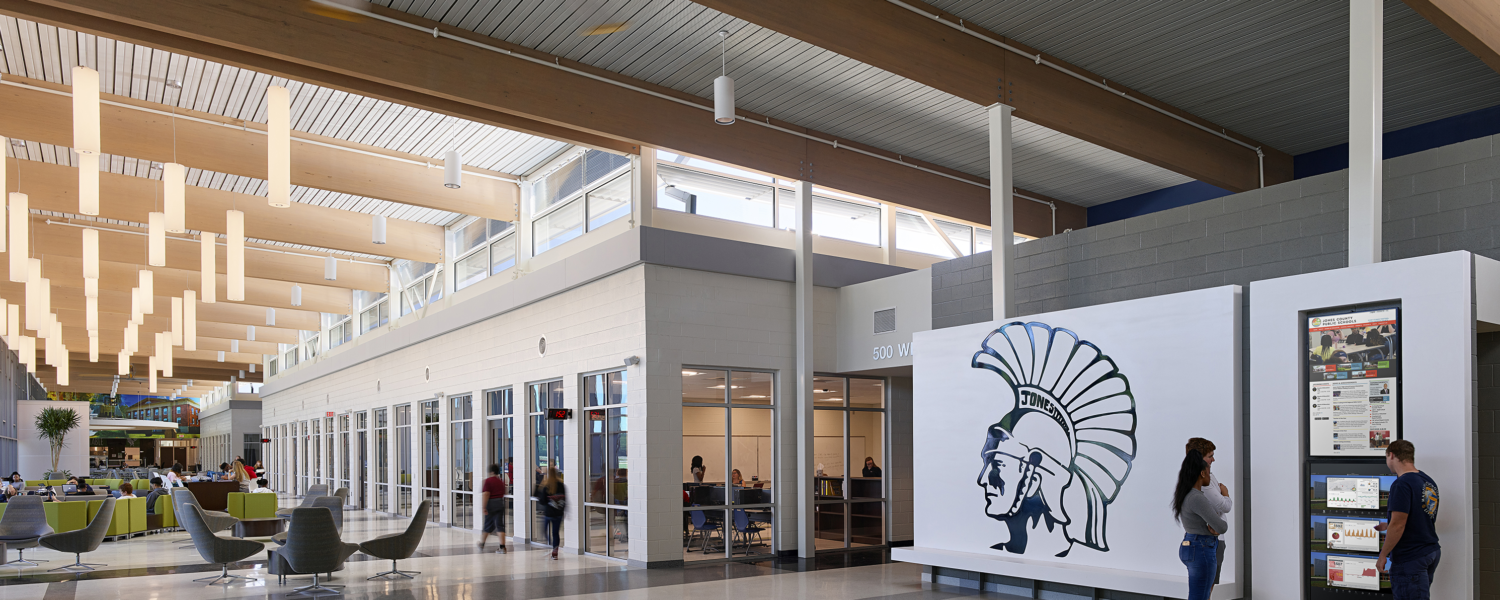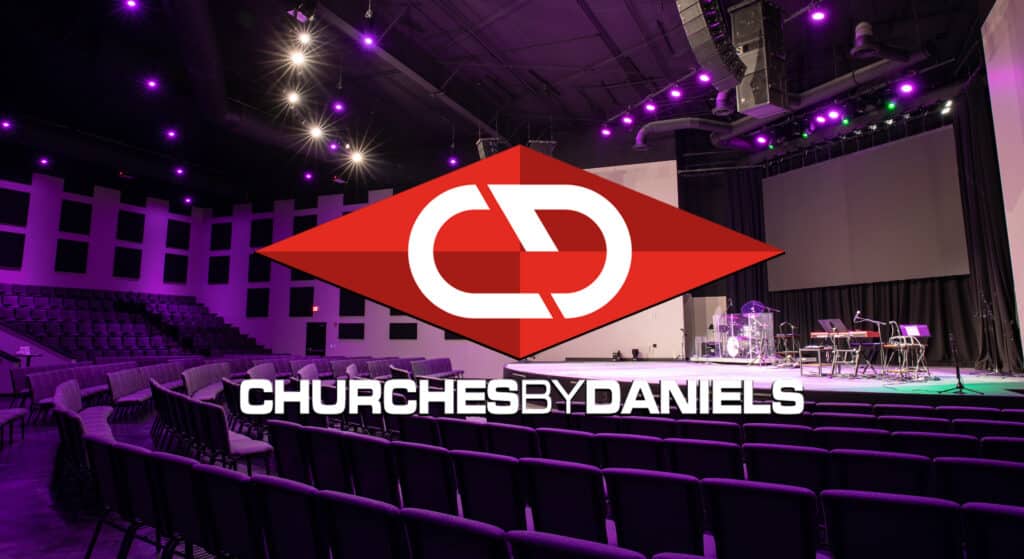By Robert F. Goodfellow
Building codes can require ventilation rates based on occupancy even though church sanctuaries and auditoriums are at full capacity for only limited periods. As sustainability becomes increasingly important, more designers are taking advantage of approaches that can improve air quality while reducing outdoor ventilation air requirements and subsequent costs associated with heating and cooling that air. Energy savings can be dramatic, especially in very hot or very cold climates. Additionally, the approach can even translate into smaller HVAC equipment.
Historically, outside ventilation air has commonly been used to dilute airborne contaminants. This strategy was especially common when smoking was common indoors. Today, however, with smoking prohibited indoors and the use of low-VOC emitting furniture and building materials, airborne particle and odor contaminants are more apt to enter a building from the outdoors through fresh air intakes.
To cope with these issues, designers have found that high-efficiency, Ozone-free air cleaning systems can be incorporated into HVAC systems to not only clean incoming fresh air, but also to keep indoor air at contaminant levels below outdoor levels.
Common IAQ Problems
Sources of indoor air contamination can include polluted outdoor air, underground sources (e.g., radon, pesticides, sewer leaks), and a variety of indoor sources (e.g., people, equipment, furnishings, and housekeeping supplies). Pollutants can vary with time of day, such as only when floor stripping is done, or during rush hour traffic. Vehicle emissions can be problematic when the building is in a metropolitan area or near heavily traveled roads or highways. Emissions from vehicles and internal combustion engine produce a variety of chemicals, many of which are toxic.
Cost Savings
Even though good indoor air quality (IAQ) has real, tangible benefits, applications for better IAQ are still largely cost driven. So where are potential savings for designers who implement these applications?
Energy costs present the largest opportunity. HVAC accounts for about half of the energy used in commercial buildings, making HVAC systems a good target for cost reductions and savings on a facility’s annual operating budget. In new buildings, according to the U.S. Department of Energy, adopting energy-efficient design and technologies – in HVAC and other areas – can cut future energy costs by as much as 50 percent. And in existing buildings, renovations that replace older systems with more efficient technology can yield savings of up to 30 percent. With respect to only the air filtration component of an HVAC system, significant operational savings can be found through reduced fan horsepower from lower static pressure. Additional substantial savings are available from lower ventilation air requirements and lower maintenance costs through longer service intervals.
Air filtration systems alone can reduce a buildings total energy footprint by five to ten percent. Historically, increasing filter efficiency meant increasing energy and operating costs because it takes more fan energy to push air through denser, more efficient filter media. The denser the filter media, the higher the static pressure resistance. A low static pressure also corresponds directly to lower brake horsepower. Since brake horsepower drives fan energy, lower static pressure corresponds directly to energy savings. Today, there are technologies that increase filter efficiency with very low static pressure resistance, and without compromising dust holding capacity.
Reducing Ventilation Air
A reduction in ventilation air can reduce the heating and cooling required to condition incoming fresh air. Fine-tuning ventilation air requirements can have a big impact on energy consumption, particularly in situations where ventilation rates are based on a constant high average occupancy. ANSI/ASHRAE Standard 62, which is the basis for many local mechanical codes, provides three alternative procedures for determining minimum outdoor airflow rates: the ventilation rate procedure, the natural ventilation procedure, and IAQ procedure. The first two are prescriptive methods that are easy to calculate. The IAQ procedure is more complex and based on performance criteria. It allows HVAC system designers to reduce outdoor air when it has been determined that the air inside the space is clean enough; in essence, giving designers outdoor air credit for things such as no smoking, good airflow patterns, and air cleaning.
In a typical building with no smoking and no unusual contaminant sources, outdoor air levels can often be reduced from 13 to 16 cfm/person to between 7.5 and 10 cfm/person. Such a reduction can yield significant operational savings (in addition to better IAQ). For example, in a building with 60 tons of cooling, annual savings on utility costs alone can be expected in the range of $3,000 to $12,000 depending on the geographic location of the building (hot humid climates have the greatest costs/savings), the utility rates, and the hours of operation.
The IAQ procedure is being utilized more often. However, since it utilizes a series of complex calculations, some designers are still apt to rely on the more commonly used ventilation rate procedure.
Maintenance Advantages
Maintenance costs present yet another area for savings. Maintenance costs include time, labor, ordering, handling, storage, and filter disposal costs in addition to materials. High efficiency air cleaning systems such as polarized-media air cleaners offer very dust-holding capacities that can extend change-out intervals from every several months to every several years.
As a case in point, polarized-media electronic air cleaners were installed throughout the ASHRAE Headquarters in Atlanta, Georgia, as part of a massive renovation. The building served as a “living lab” where system performance and air quality were carefully monitored and tracked. Filter media in the air cleaners were not replaced for over five years, during which time, static pressures never exceeded the recommended change-out criteria of clean static pressure x 2.
Today, it’s possible to enjoy cleaner, healthier indoor air while enjoying lower long-term energy and operating costs.
Robert F. Goodfellow, CAFS, is vice president of marketing with Dynamic Air Quality Solutions and an indoor air quality professional with over 30 years’ experience in the HVACR industry. Dynamic Air Quality Solutions is active in a wide variety of sectors in addition to schools and churches, including healthcare, data centers, museums and office buildings, www.DynamicAQS.com.










